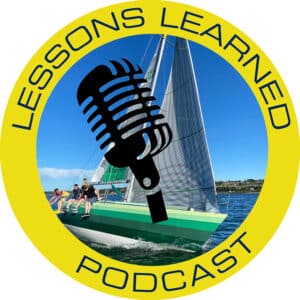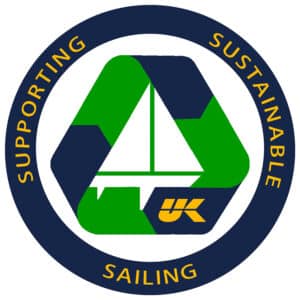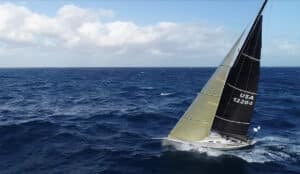By Adam Loory
General Manager of UK Sailmakers International
In mid November, I got to enjoy the warm fall day with a late season daysail on New York’s Long Island Sound. While the code zero is a weapon on the race course, it also makes cruising and daysailing more fun. This weekend it added a good two to three knots of boat speed since it is more than twice the size of my boat’s non-overlapping jibs.
The original Code Zero was intended to provide boats with non-overlapping jibs the power of an overlapping genoa for reaching. Those boats got a huge rating credit for switching to non-overlapping jibs. When sailing “up wind” the efficiency of high aspect sail plans made the rating credit worthwhile.
The problem was when boats that were optimized for windward-leeward races had to sail on a reach too tight for carrying a spinnaker. That’s why code zeros are so necessary distance racing, where most legs are reaches. The Code Zero was an ingenious work-around that built a very flat sail for reaching that worked like an overlapping reaching jib but measured as a spinnaker.
Today’s modern cruising boats have non-overlapping jibs because they are easier to tack, which makes reaching a problem for them too. Cruising code zeros allow modern cruising boats with non-overlapping jibs to reach much faster than they would otherwise since a cruising code zero more than doubles their headsail area. Another advantage of Cruising Code Zeros is that they roll up well with standard bottom up furlers, which are less expense and easier to use than top-down furlers. Some sailors have their sailmaker put a lightweight UV cover on the foot and leech so they can be left up for days at a time.



